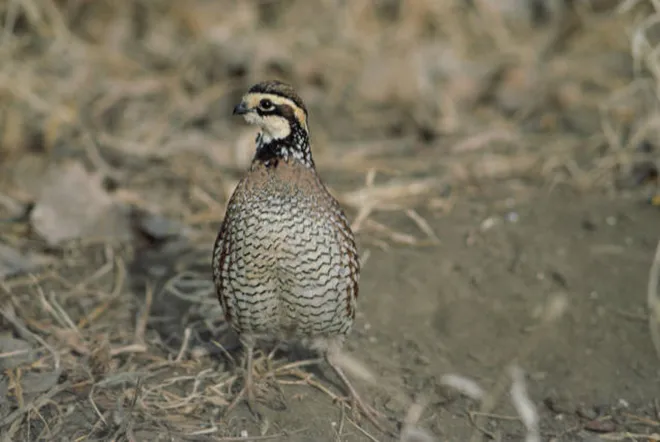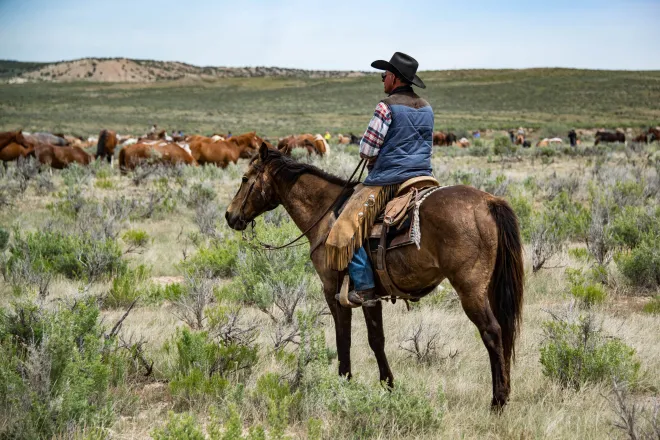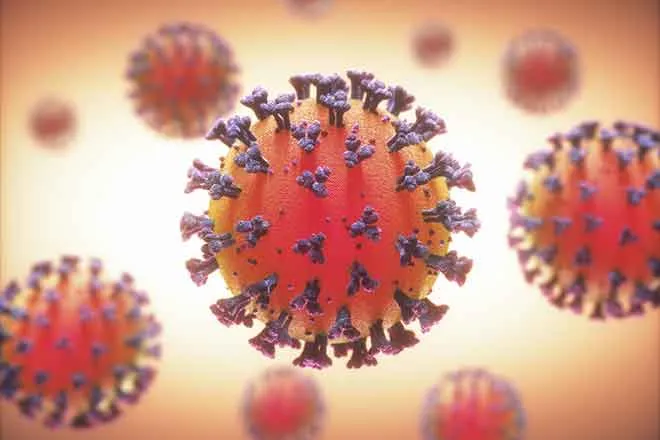
How do you make a universal flu vaccine?

Deborah Fuller, University of Washington
To everything there is a season, and for the flu, it’s wintertime. Flu cases peak between December and February, and the flu vaccine is your best defense. Getting the vaccine means you will be less sick even if you get a breakthrough infection.
However, your immune system is in a constant race against the flu virus. Like the virus that causes COVID-19, influenza rapidly changes and mutates into new variants, so manufacturers have to update the flu shot to try to keep pace. After identifying a new flu variant, it takes manufacturers about six months to update the vaccine – and in the meantime the virus can mutate again. This phenomenon is called antigenic drift, and can reduce the effectiveness of the flu vaccine for that season.
An ongoing threat is that a major change in the flu virus, or antigenic shift, could cause the next flu pandemic. This happens when a flu virus from animals, such as birds or swine, gains the ability to transmit between humans. Most people will have no immunity against this new animal-origin virus, so it could quickly spread into a pandemic. If that happens, the annual flu shot will not be effective and can’t be updated fast enough to stop a global spread.
I am a researcher developing new vaccines to prevent future pandemics. Nearly 20 years ago, my lab and several others developed a vision of building a universal influenza vaccine that could give us the leading edge in the race against influenza and prevent the next flu pandemic by effectively combating any eventual flu strain. One potential way to do this is with messenger RNA, or mRNA.
What is a universal influenza vaccine?
A universal influenza vaccine is one that does not need to be updated each year because it is designed to protect against all or most influenza variants. Scientists are exploring several ways to develop universal influenza vaccines. Most fall into one of two buckets.
The first includes vaccines that focus on conserved, or unchanging, parts of the virus. This strategy directs the immune system against parts of the virus, or antigens, that are shared among all variants and can’t mutate without weakening or killing the virus.
The second includes mosaic vaccines. These are like a cocktail of protein pieces taken from different variants. The blend is made up of versions of the protein hemagglutinin – essential to the influenza virus’s ability to infect cells – that is found in all flu variants circulating in animals and people. The goal is to induce immunity against nearly all variants so there will be fewer gaps in the immune system’s defenses for the virus to slip through.
Using mRNA for a universal flu vaccine
The recent success of mRNA vaccines for COVID-19 shows promise for their use in achieving the vision of an effective universal influenza vaccine.
There are 20 known subtypes of influenza. Prior to the development of mRNA vaccines, it wasn’t feasible to make a single flu vaccine against all 20 subtypes due to the complexities and costs in manufacturing. Unlike traditional vaccines, constructing and producing mRNA vaccines is rapid and simple because manufacturers don’t have to produce and purify the protein directly. Instead, mRNA vaccines provide the genetic sequence of the protein and then use the body’s own cells to generate that protein in its natural structure. This makes it relatively easy to incorporate any antigen or many antigens.
Recently, a team of researchers designed a mosaic mRNA vaccine with sequences from multiple versions of the hemagglutinin protein, each representing one of the 20 influenza subtypes. This vaccine induced broad immunity against each variant in mice and ferrets.
Several research groups are also exploring the conserved antigen approach with mRNA vaccines. Animal studies have shown that it’s possible to design mRNA vaccines that can both focus immune responses against highly conserved, vulnerable parts of the virus and induce broad immunity against a wide range of different influenza subtypes. These include avian flu viruses that share many genetic sequences with human influenza.
Another promising approach uses computational modeling to leverage both conserved and mosaic approaches. This strategy displays multiple hemagglutinins from different influenza subtypes on a nanoparticle. Nanoparticles are structures that give researchers more precise control over how the immune system sees the viral antigens, subsequently allowing them to induce stronger immune responses against multiple variants. Here, both conserved and variable regions of the virus are exposed to the immune system and can lead to broad immunity.
Obstacles to a universal flu mRNA vaccine
There are still several challenges before a universal influenza mRNA vaccine can be made available.
For one, it is not clear which conserved antigens provide the broadest protection, and some don’t naturally induce strong immune responses. So, mRNA vaccines may need improvements like additional components that help activate immune cells. One such addition could include using mRNA to express nanoparticles that stimulate stronger immune responses against the conserved antigens presented by the vaccine.
The mosaic approach is also limited by the maximum dose possible for mRNA vaccines, because higher doses could cause increased adverse reactions to the vaccine. When that dose gets divided into 20 or more antigens, the dose of one or more of those antigens may drop below the threshold needed for protection.
Scientists are working on these challenges, including by developing new mRNA technologies that work with a much lower dose. If mRNA vaccines work for universal protection from influenza, the same strategies could also apply to other frequently mutating viruses, such as the virus that causes COVID-19 and maybe even HIV.
In the meantime, mRNA vaccines may soon usher in a new era of more effective annual flu vaccines by providing a better match to each flu season’s new variants. Two seasonal influenza mRNA vaccines are currently in human clinical trials. If successful, they may offer more effective protection from the annual flu than our current flu vaccines. With mRNA vaccines, I believe that we are at the beginning of starting a new race against flu that we may finally win.![]()
Deborah Fuller, Professor of Microbiology, School of Medicine, University of Washington
This article is republished from The Conversation under a Creative Commons license. Read the original article.

















